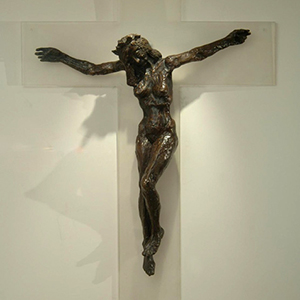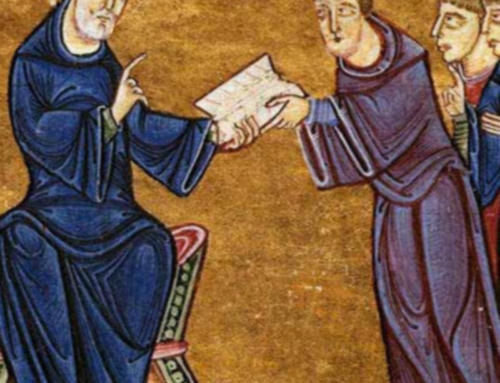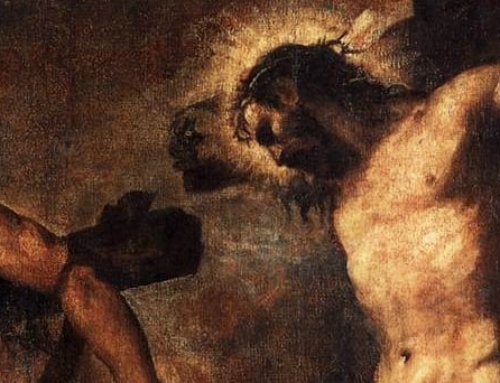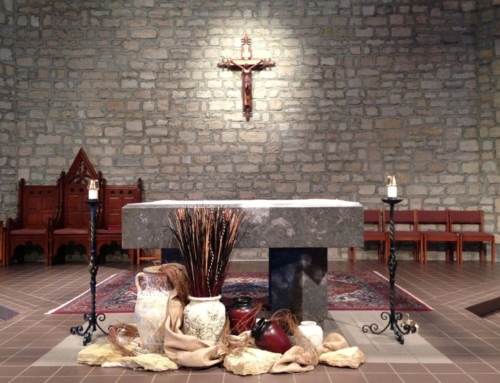Not satisfied with pushing for same sex marriage in church, an Anglican theologian is now giving the nod to the notion that Jesus was transgender. The Daily Telegraph reports here on the Dean of Trinity. College, Cambridge Dr Michael Banner who has said this suggestion is “legitimate”. He based his supposition on a couple of medieval paintings that portray the open wound in the side of the crucified Lord. He said the open wound looks like a vagina. Really.
The Anglican Church is usually on the cutting edge in such matters, but in this case a Catholic feminist theologian was the first to hint at such an absurdity. Phyllis Zagano–a proponent of women’s ordination–while not stating exactly the same thing, suggests that Jesus’ masculinity doesn’t matter. In her book pushing for female deacons, Zagano proposes that Jesus’ humanity was beyond masculine and feminine distinctions and calls for the church to embrace what she calls “a single nature anthropology”.– that in the essence of our humanity we are not only equal, but the same.
Zagano doesn’t say Jesus is transgender, but her idea of a “single nature anthropology” certainly idea fits neatly with the zeitgeist in which the distinctions between male and female are being obliterated.
As usual, when it comes to heresies there’s nothing new. The Gnostics held to a dualistic cosmology in which the physical was inferior to the spiritual–therefore leading to the conclusion that the physical, material realm really didn’t matter. The idea that Jesus incarnated a “single nature anthropology” presupposes that Jesus’ masculinity was irrelevant. If Jesus’ masculinity was irrelevant, then it follows that the Blessed Virgin Mary’s femininity was irrelevant and indeed all our gender identities are irrelevant, and is this not the ultimate position of trans gender individuals?
Or maybe the Anglicans were first…This news item calls to mind the crucifix erected some thirty years ago in the Cathedral of St John the Divine in New York City with a nude female Christ figure being crucified. It was hailed as a feminist icon at the time but it was the first to tinker with the body of Christ to illustrate a woke preaching point.







Leave A Comment
You must be logged in to post a comment.